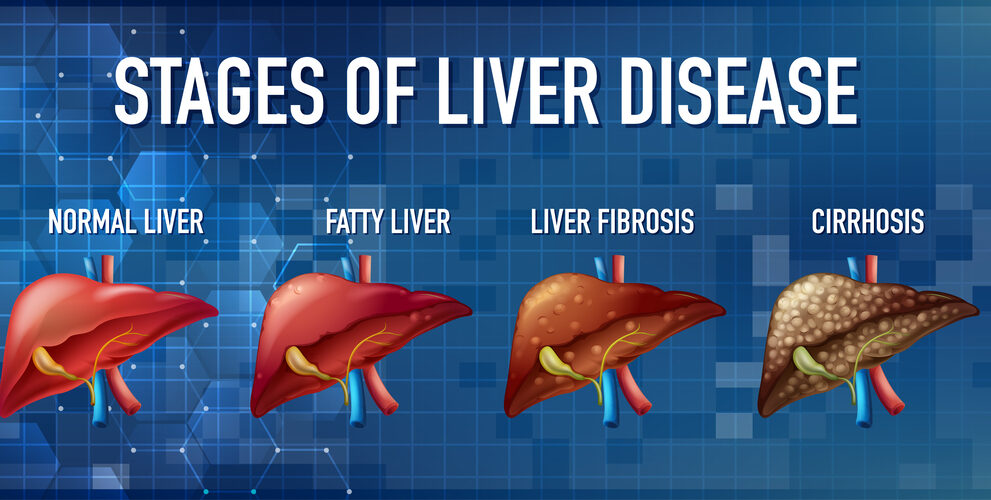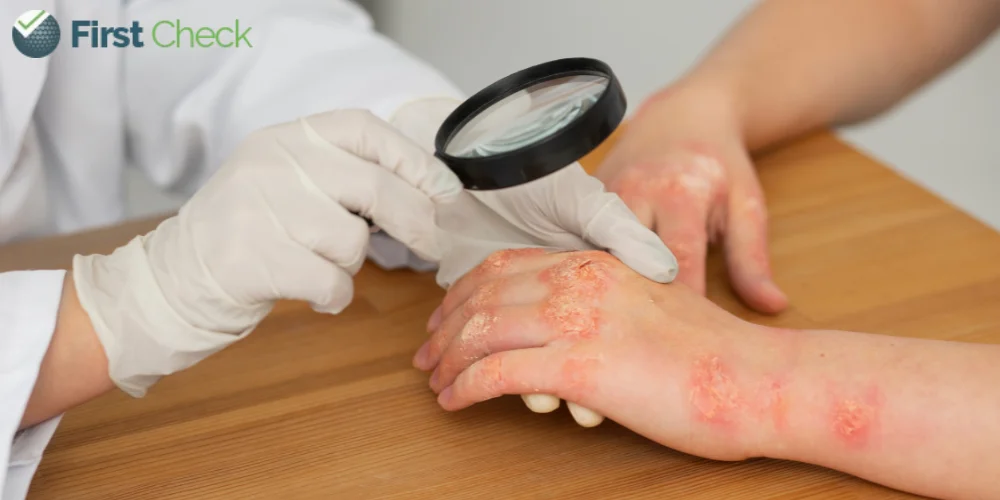Silent epidemic: 80% of India’s IT workforce have fatty liver disease
Fatty liver, now called MASLD, often shows no early symptoms but can silently damage the liver
Author
Author
- admin / 7 months

- 0
- 4 min read

Author
Eighty percent of IT professionals in India have fatty liver due to work pressure, a sedentary lifestyle, and poor lifestyle choices, says a recent study.
This cross-sectional study involved 345 IT employees in Hyderabad, India, who responded to a questionnaire on their occupational sitting, shift work, stress, sleep duration, smoking, physical activity, and food habits.
“The median age of the employees was 38 years (34–43 years) with a body mass index (BMI) of 244 (70.72%) obese. Approximately, 248 (71.88%), 89 (25.80%), 241 (69.86%) and 131 (37.97%) of employees were found to sit for long hours at work, had shift work, sleep deprivation and stress, respectively,” says the study. “A total of 290 (84.06%) employees had increased liver fat accumulation indicating MAFLD (Metabolic Dysfunction-Associated Steatotic Liver Disease).”
In 2021 meta-analysis of 62 data sets from 50 studies on non-alcoholic fatty liver disease (NAFLD) published in the Journal of Clinical and Experimental Hepatology found that 38 percent of adults in India have NAFLD, with Chandigarh having the largest share at 53.5 percent. The prevalence among children was 35 percent.
Unlike alcohol-related liver conditions, the NAFLD results from fat buildup in the liver due to metabolic factors like obesity, type 2 diabetes, and high cholesterol. If left unmanaged, it can progress to severe complications, including liver inflammation, fibrosis, cirrhosis, or liver cancer.
With urban India seeing a surge in fatty liver cases – now termed Metabolic Dysfunction-Associated Steatotic Liver Disease (MASLD) – awareness and effective management are critical. Dr Rajiv Kovil, Head of Diabetology at Zandra Healthcare in Mumbai, Maharashtra, offers expert guidance on tackling fatty liver disease.
Why is fatty liver disease surging in India?
MASLD is becoming increasingly common in India, reflecting a troubling rise in metabolic health issues. Dr Kovil points to the growing prevalence of obesity, type 2 diabetes, insulin resistance, and high cholesterol as key contributors.
“India is witnessing a surge in MASLD, especially in urban areas, driven by lifestyle changes and growing rates of metabolic diseases,” he says, adding that genetics, and certain medications can also contribute to its spread. “Even lean individuals with metabolic dysfunction are at risk.”
Studies suggest that the increase in the global prevalence and incidence rates of MASLD is closely linked to modern dietary patterns, decreased physical activity, and rapid urbanization. Diets rich in processed foods, refined sugars, and unhealthy fats, coupled with sedentary lifestyles, are major drivers.
Silent killer
MASLD often has no symptoms in early stages, making it hard to detect. “Some people may experience fatigue, weakness, discomfort in the upper right abdomen, or unexplained weight gain,” Dr Kovil explains. “As the disease progresses, signs of liver damage like jaundice or swelling may appear.”
Fatty liver disease diagnosis typically involves a combination of blood tests, imaging, and potentially a biopsy.
Blood tests can reveal elevated liver enzymes, indicating liver damage. Imaging techniques like ultrasound or FibroScan are used to visualize fat deposits within the liver. In some cases, a liver biopsy may be necessary to assess the extent of inflammation and fibrosis.
How can you effectively manage MASLD?
Managing MASLD relies on practical lifestyle changes, says Dr Kovil. “Do focus on gradual weight loss, adopt a healthy diet rich in fruits, vegetables, whole grains, and lean proteins, and engage in regular physical activity,” he emphasizes.
“Regular exercise, like 150 minutes of brisk walking weekly, boosts insulin sensitivity. Controlling blood sugar, cholesterol, and blood pressure is crucial, alongside limiting alcohol and unnecessary medications.”
For obese or diabetic patients, Dr. Kovil suggests GLP-1 receptor agonists, pioglitazone, and SGLT2 inhibitors as promising aids. “Regular follow-ups are essential to monitor liver health and prevent progression to advanced liver disease or cirrhosis,” he cautions.
The dangers of untreated MASLD
Untreated MASLD can lead to serious complications, including liver inflammation (metabolic dysfunction-associated steatohepatitis, or MASH), fibrosis, cirrhosis, liver failure, and liver cancer, says Dr Kovil.
The condition, according to him, can also elevate the risk of heart disease, the leading cause of death in MASLD patients. The disease’s silent progression makes early intervention critical, as symptoms often emerge only after significant liver damage has occurred.
“Timely lifestyle changes, regular monitoring, and managing related conditions like diabetes and obesity can halt or reverse the disease’s progression,” Dr Kovil says.
Also read: Semaglutide marks breakthrough in reversing fatty liver disease: expert
(Do you have a health-related claim that you would like us to fact-check? Send it to us, and we will fact-check it for you! You can send it on WhatsApp at +91-9311223141, mail us at hello@firstcheck.in, or click here to submit it online)










